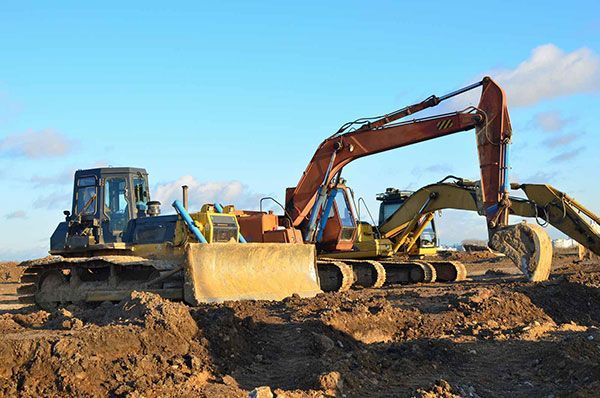A guide to the essentials of heavy machinery line boring
Line boring plays a pivotal role in maintaining and repairing heavy machinery, ensuring the precise alignment of holes and the seamless operation of moving parts. As a crucial aspect of heavy machinery engineering, understanding the essentials of line boring is key for those in the industry, which is why, in this blog, we’ve put together a guide that outlines what line boring entails, its importance, and the best practices for effective results.
Understanding line boring and its importance in heavy machinery
Line boring is a critical process in heavy machinery maintenance focusing on enlarging and aligning holes to precise specifications, often necessitated by wear or damage. This technique is vital in the repair of large engines and industrial machinery, ensuring that components are perfectly aligned and meet original manufacturing standards. Proper alignment achieved through line boring is essential for the machinery's efficiency and preventing excessive wear, energy overuse, and potential equipment failures. By restoring machinery components to their optimal condition, line boring plays a significant role in reducing maintenance costs and extending the lifespan of heavy machinery.
Best practices in line boring
Before starting any repair work on machinery, it's crucial to conduct a thorough assessment to determine the exact extent of the issue. Once the problem and necessary repair work have been diagnosed, selecting the right precision tools and equipment is essential for accurate line boring. It's highly recommended that experienced technicians and engineers carry out the process to ensure that the boring is done correctly. After the line boring process, proper testing and quality checks are imperative to ensure that the machinery operates smoothly and safely.
If you’re in need of professional line boring services, the team at ST Engineering can be relied upon to deliver high-quality results at a competitive rate. Contact us today to learn more.




